The Ministry of Defense of the Russian Federation has stated that it is considering the return of Russian military bases to Cuba and Vietnam. Judging by everything, this information slipped through the cracks into the public space by accident, as most officials now prefer to either remain silent or answer evasively in the face of reporters' questions.
However, Tsargrad has managed to clarify just what countries Russia could return to in the near future. This task is first and foremost one that faces our military departments and is not a question of merely increasing the number of our troops abroad but also, for example, providing for long-range aircraft flights, guaranteeing logistical support to the navy, and establishing effective intelligence gathering. With this goal in mind, for example, fueling points are planned to be organized at the equator. But all in good time.
Vietnam
During the Vietnam war, the Cam Ranh base belonged to the US and featured a large port and airfield. Russia began using it in 1979 when the USSR signed a corresponding agreement with Vietnam for 25 years. Over this period, Cam Ranh became the USSR's largest military base abroad and permanently housed part of the Pacific Fleet with aircraft, ships, and submarines. The base was leased for free until 1991.
In the early 2000's, the agreement was not renewed, as the use of many military bases abroad was deemed to be ineffective and their maintenance unnecessary. One of the greatest lobbyists of this idea was the then Russian minister of foreign affairs, Igor Ivanov.
Russia began to hold talks on returning to Cam Ranh in 2010. Then, plans were not so much about a fully-fledged military base, but a logistics point for the Russian navy. The process was stalled until the two countries' leaderships met at the highest level. In 2013, the presidents of Russia and Vietnam signed an agreement on establishing a base for repairing and maintaining Russian war boats. A year later, Vietnam approved a simplified procedure for Russian ships to enter the Cam Ranh bay and the local airfield began servicing our aircraft.
In 2016, information was received from various sources that the Russian army is ready for a full return to Vietnam. The republic's leadership has stated that it is not against the reestablishment of a military base as long as Hanoi sees Moscow as a priority partner. Returning Russian forces to the Cam Ranh base and its annual maintenance will cost approximately $300 million.
Cuba
The situation with Cuba has developed in a similar way. Before the collapse of the USSR, the use of our military bases on the island was free. In the post-Soviet years, Russia paid hundreds of millions of dollars for maintaining the Lourdes base, the Cienfuegos port, the military parts of Marocco and Guanabo, and a contingent of specialists. But this was worth it, as two-thirds of intelligence on the US came through the Lourdes base, and not only military information but also, for example, recordings of mobile phone conversations. Such opportunities were offered by the base's strategic location of 250 km from the United States border.
In 2001, Russia abandoned its presence in Cuba due to, as is believed, US pressure, but officially because of high costs. But the territory of former military units and the electronic intelligence center were not abandoned. Cuba's Institute of Information Technology is located in Lourdes and Cuban troops are in Guanabo and Marocco. Russia has already tried to resume the former level of cooperation. For example, Russian air forces can already use Cuban airfields and in 2014 there was talks on agreeing to restore our presence in Lourdes. Although official sources continue to deny this information, indirect evidence speaks otherwise.
Military circles are looking forward to a full-scale return to this base right under the US' nose. The editor in chief of the journal National Defense and expert on military issues, Igor Korotchenko, believes that "Russia's return to Cuba and the resumption of electronic intelligence work is an important element of guaranteeing our security in the contemporary world where the main threat to Russia is posed by the US." Korotchenko is convinced that we need the electronic intelligence center in Lourdes and that an agreement on such should be concluded immediately for 99 years.
Syria
The "floating workshop" in Tartus, Latakia was Russia's last stronghold abroad. Before the start of the Syrian conflict, it was used only when our ships in the Mediterranean Sea needed refueling or repairing and was manned by only a few people. In 2010-2012, the base underwent full-scale modernization, after which the logistics point was transformed into a fully-fledged naval base. Today, 2,000 specialists are employed at Tartus and even large aircraft carriers can be based there. This base is indispensable in the event of a restoration of Russia's naval presence in the Mediterranean Sea. And this does not seem so far off.
Another outpost of Russian troops in the Mediterranean Sea is the Khmeimim airbase. This base's tasks include not only the accommodation and support of our aircraft in Syria, but also maintaining a balance of forces against NATO in the region.
Now unofficial information has surfaced that several Russian military bases are to be built in Syria. This in particular concerns an airbase in the area of Shairat southeast of Homs and near the city of Qamishli on the border with Turkey and Iraq. There are also various reports on deploying Russian military units in at least two districts of Latakia.
Comment: The US is also building bases in Northern Syria: US military builds another new air base in Northern Syria to supply SDF forces
Yemen
Bases in Aden and Socotra were among the USSR's most important military assets. Our planes could theoretically reach the American base of Diego Garcia from these points. After Soviet troops' departure from Somalia, Yemen became the basing point for our fleet and a communication and control pivot for Russia over the Red Sea and Horn of Africa.
Now we are cautiously negotiating the establishment of a logistics point in Yemen. Abdullah Saleh, the former president of the country and the main military ally of Yemeni Houthis controlling the north of the country and the capital of Sana, has issued a relevant statement on this. The Houthis and troops loyal to President Saleh are effectively resisting an invasion by the Persian Gulf countries led by Saudi Arabia, and are ready to provide Russia with strategic bases in exchange for support.
It would be shortsighted on Russia's part to refuse such a generous offer, which would return Russian control over the maritime traffic in the Red Sea, Persian Gulf, Aden, and other key logistic routes in the region.
The Philippines
This island state was until recently a reliable American military partner and even a US satellite. As early as 1951, the US and Philippines signed an agreement on mutual defense. During the Cold War, the island was literally covered by a network of American military bases.
In fact, a recent report by the Pentagon's analytical center, RAND, considered an attack on the Philippines to be reason to incite a hypothetical war between China and the US. Both China and the Philippines have longstanding territorial disputes over the Spratly Archipelago in the South China Sea. Both parties periodically exchange angry statements and Chinese flags are often burned in the Philippines' capital.
But all of this changed 6 months ago with the ascent of the new president, Rodrigo Duterte. Over the course of his still young presidency, the president has gone so far as to call US President Barack Obama a son of a bitch and begun to shoot drug dealers. Duterte argues that the point of no return in relations with the US has already been crossed and that he sees Russia and China as new partners. The Philippines' ministry of defense has stated that they do not need US military and logistical support.
US military bases in the Philippines have already begun to reel back, and it is likely that US officers will soon be shown the door. In order to compensate for rent losses, the Philippines will need to find a new partner. Insofar as relations with China remain strained, the most likely state to be proposed to replace the US is Russia.
Somalia
Another legacy of the Soviet era is the naval and airbase at Berbera in Somalia which allowed Russia to control the Gulf of Aden, Red Sea, and the Horn of Africa. This airfield with the longest runway in Africa and a deep water port was built specifically for our military.
The base also featured an important communications and intelligence center. We left behind on the premises which could house up to 1,500 people plus storage for fuel and missiles. After the USSR's withdrawal, the base was immediately occupied by the United States.
Berbera and its assets are now controlled by the self-proclaimed Somaliland pirate state for whom it is a main source of income. The United Arab Emirates has expressed interest in reviving a military base there.
For Russia, returning to this base would be extremely beneficial as port of a "package" including the above-mentioned Socotra. Overall, these bases could allow full stability to be restored in the region and complete the comprehensive revival of the presence of the Russian fleet in various parts of the world ocean.
Libya
Shortly before the "Arab Spring," Russia tended to the restoration of some of its military bases in the Middle East. Among them were the Russian navy centers in Libya. The late leader of the Jamahiriya, Muammar Gaddafi, offered to host a Russian naval base near Tripoli and Benghazi during high level negotiations. But alas, the tragic events of 2011 ended all plans for a fully-fledged Russian military presence in Libya.
However, if these planes are eventually realized, then Russia would receive two powerful naval outposts in addition to the already-mentioned permanent presence in the Mediterranean.
In the future, this would mean a full revival of the Mediterranean squadron. However, under the current government, or rather anarchy in the former Jamahiriya, this is impossible for now. Nevertheless, given the close ties Russia has with the government of General Khalifa Haftar in the eastern part of the country, this cannot be ruled out in the future.
Other countries
Other options for the deployment of Russian bases are occasionally heard on the news. Among them are Venezuela, Nicaragua, Iran, Serbia, and some others. However, serious discussions can only begin once these countries amend their legislation. At the moment, stationing foreign bases in these countries is prohibited. In the best case scenario, we could talk about logistic points or the provision of airfields and ports for the Russian army to use, as Iran does now, for example.
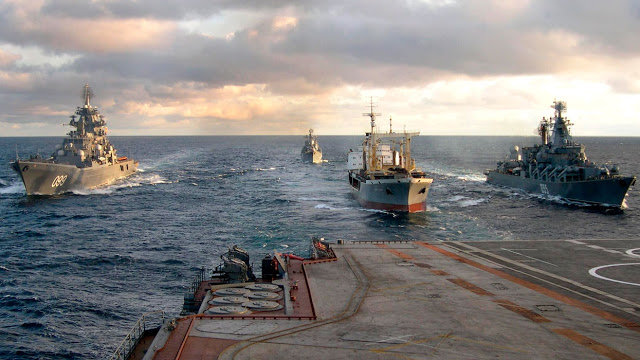
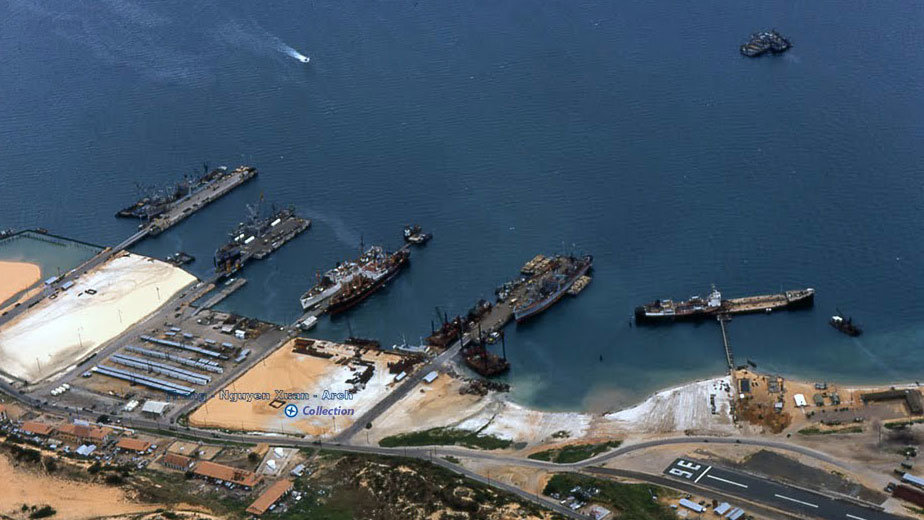
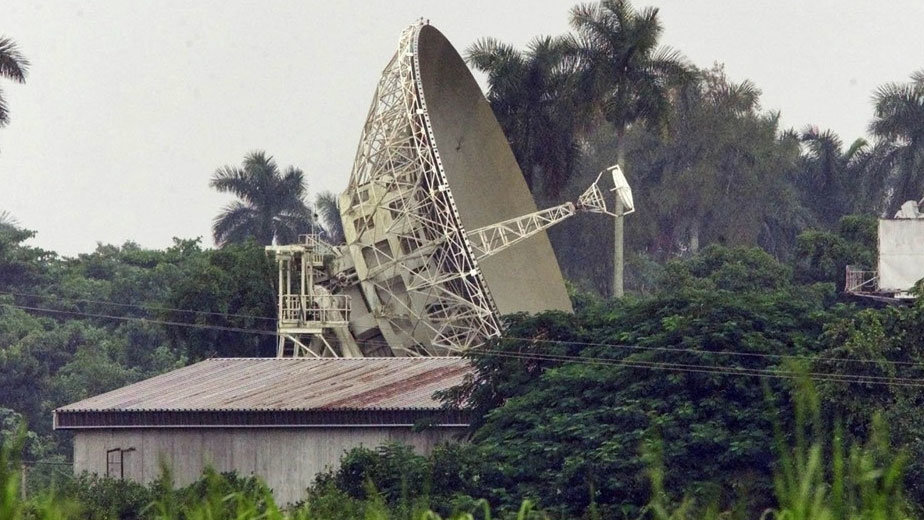
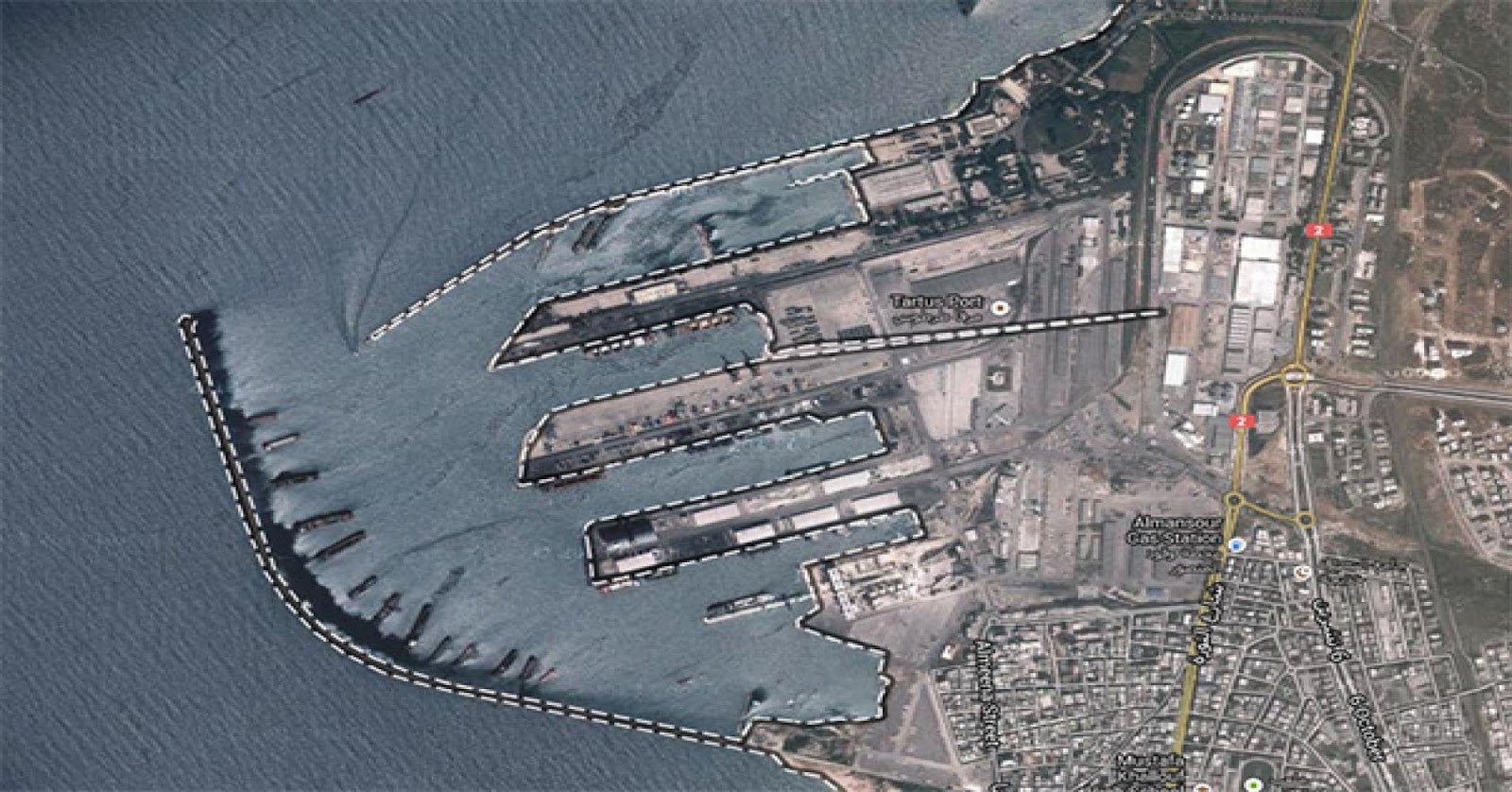


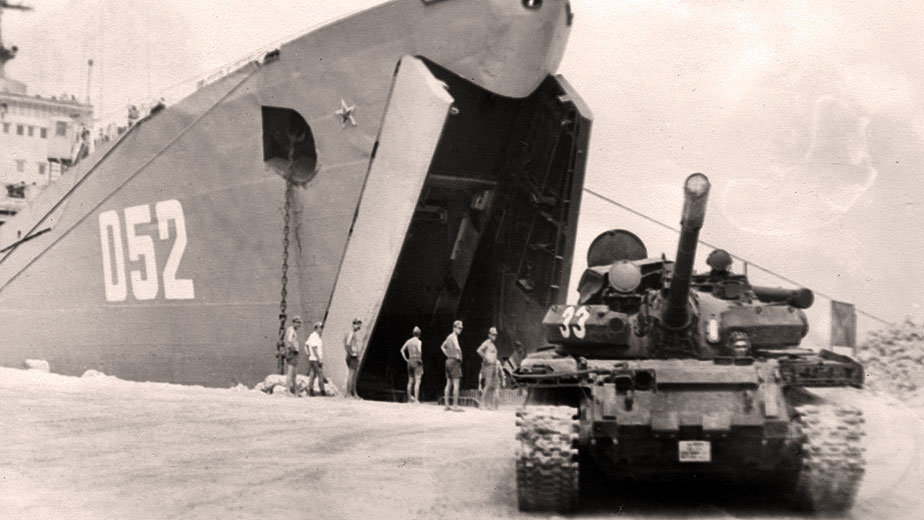
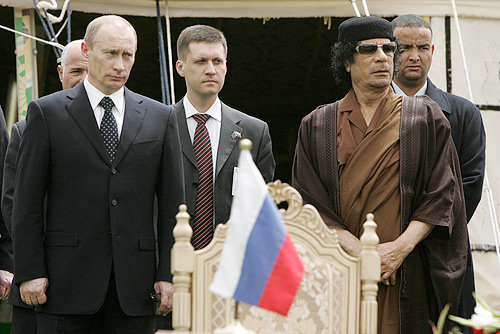



Comment: More discussion on this topic: Russian Defense Ministry considering military bases in Cuba and Vietnam